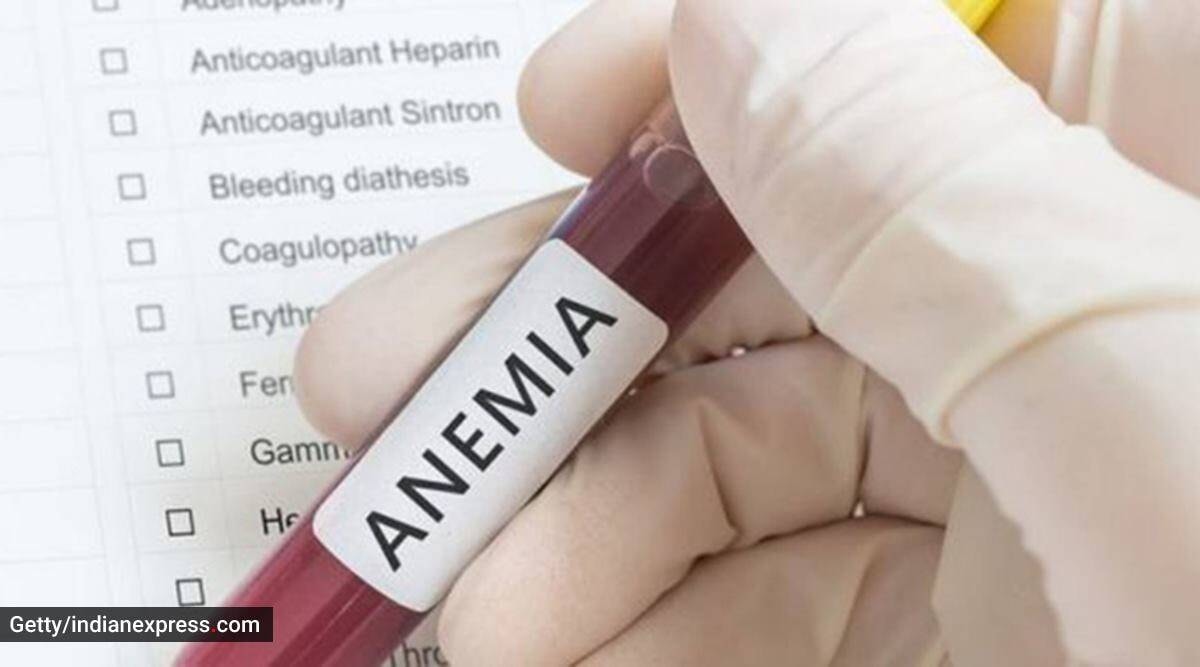In keeping with the growing push towards better health and well-being, the Government is looking to create more awareness around foods that contain “added micronutrients to improve quality of diet”. As such, the Food Safety and Standards Authority of India (FSSAI) has launched a nationwide campaign to inform the public about fortified foods. As part of the same, actor Sakshi Tanwar, in an advertisement, requests people to look out for the ‘+F’ symbol on certain essential groceries to ensure they have “added micronutrients in regulated doses for our health”.
“When shopping for wheat flour, rice, salt, oil, and milk look out for +F logo. Fortified foods contain added micronutrients to improve the quality of diet and provide health benefits,” the caption read.
Notably, according to a 2022 The Lancet study, more than 57 per cent of children suffer from vitamin A deficiency, which may be symptomatic or present at the sub-clinical level. In addition, a high proportion of pregnant women and their newborns suffer from vitamin D deficiency, globally.
Touted as one of the simplest and most sustainable public health strategies to address the challenge of micronutrient deficiencies, food fortification is said to be cost-effective, scientifically proven, and a globally recognised complementary approach to easily reach wider, vulnerable populations through existing food delivery systems.

It is common to miss out on many essential nutrients in our daily diets. So, it is advised to look out for the ‘+F’ logo when shopping for daily food items listed above. “The logo has been notified by the FSSAI to identify fortified foods. These food items have nutrients like vitamins and iron added in small, regulated doses. That makes no difference to the appearance, cooking method, or taste, though,” said Dr Asma Lone, clinical nutritionist and dietician, Ujala Cygnus Group of Hospital.
What do these foods contain?
Some common nutrients added to fortified foods include folic acid, vitamin A, vitamin B6, vitamin B12, calcium, vitamin D, vitamin E, iron, and iodine. “The benefits of fortified foods include their cost-effectiveness and their ability to prevent nutrition-related illnesses like rickets. Apart from that, they are helpful in pregnancy, protect older adults, aid the growth of children, and help with overall dietary needs. This makes fortified foods even more crucial in a country like India that is still coping with the problem of malnutrition,” said Dr Lone.
What to keep in mind?
Dr Lone advised that fortified foods have limits to how much they can improve and protect your health.
“Fortified foods are usually heavily processed. Apart from that, there is a risk of vitamin overdose also. So fortified foods should be consumed within a limit. It is advised to check product labels. Experts also suggest not eating foods that have more than 200 times the daily recommended amount of any nutrient. Fortified foods should be one part of an overall healthy lifestyle. So, before adding fortified foods to your diet, consultation with a nutritionist or a dietitian is suggested. You should try to get as many nutrients as possible from unprocessed foods like fruits and vegetables,” said Dr Lone.
📣 For more lifestyle news, follow us on Instagram | Twitter | Facebook and don’t miss out on the latest updates!









![Best Weight Loss Supplements [2022-23] New Reports!](https://technologytangle.com/wp-content/uploads/2022/12/p1-1170962-1670840878.png)




